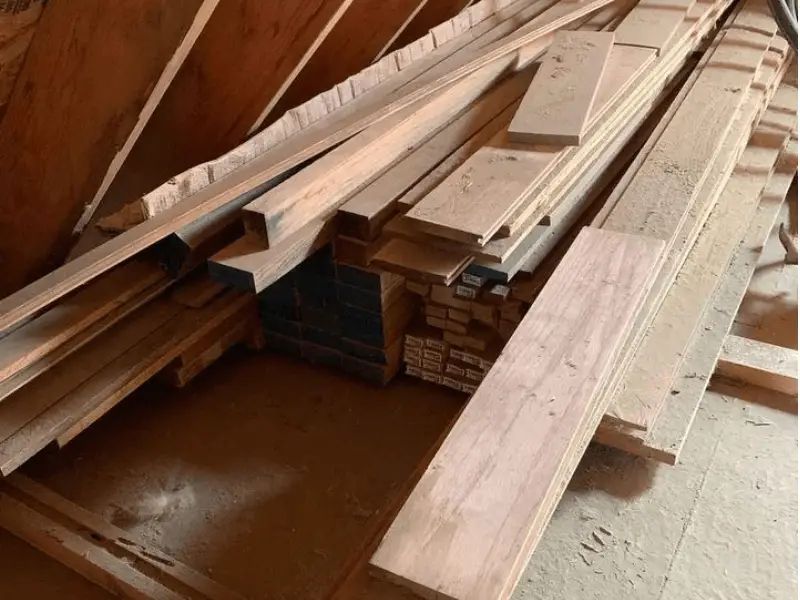As a woodworker, you want to work with very stable wood. That is, you want wood that can maintain its shape or size even under external forces such as changes in temperature, humidity, mechanical stress, pressure, and things like insects and pests. The wood has to be stable to a point where it maintains its dimensions and does not significantly warp, shrink, or expand when exposed to different environmental conditions. Therefore, considering the many wood species, you should know: Is oak a stable wood?
Many woodworkers know that oak is a very stable wood. This stability is due to its characteristics, including its dense nature and highly tight grain, which make it hard and durable. Compared to other types of wood, oak is less prone to movement and distortion because of these characteristics.
However, that does not mean that it is just stable, and that is it! Its stability can also be affected and vary depending on several factors, such as the conditions in which it was grown, how it was sawn and dried, the specific species, and many other factors.
Having that in mind, let us explore more factors that affect the stability of oak and also check on steps we can take to ensure the stability of oak wood.
Factors that affect the stability of oak
We are going to start with the different species of oak. Considering that oak comes in various species, each of which has distinctive qualities, each type of oak has a different level of stability. White oak, for instance, has a tighter grain pattern and higher density than red oak, so we can say that white oak is more stable than red oak.
Another factor that affects oak stability is the condition in which it was grown. The conditions matter so much because the environment highly influences wood.
If you grow your trees in a place with high humidity, when the wood is dying, it may expand and contract, resulting in instability on the end grains, which then causes your wood to warp or crack. This wood movement automatically reduces the stability of the wood. On the other hand, in the trees that grow in an area with low humidity, the wood from those trees is more stable because the cells in that wood are smaller and more densely packed, which makes the wood harder and less prone to warping or cracking. Therefore, oak grown in low humidity is more stable.
Finally, the stability of the oak is also strongly affected by how it was sliced by sawmills and left to dry. Quarter-sawn oak is typically more stable than flat-sawn oak. This difference is because, in quarter-sawn lumber, the millers cut the wood so it expands and contracts evenly. Over time, there is less movement and distortion as a result, therefore, increasing the stability.
Steps to Ensure the stability of oak
Ensure the wood is adequately seasoned in a well-ventilated space before use to reduce the possibility of checking or warping. To prevent changes in moisture content, ensure that you keep the wood in a stable environment during the seasoning process with constant temperatures and humidity levels.
Not to mention, wood should be sawn and used to respect its natural grain and characteristics to reduce movement and distortion over time.
Conclusion
While it’s true that we classify oak wood as stable, if you fail to season it properly or store it in a stable environment, it will be prone to move around and check. Therefore, to ensure its stability, make sure you are taking the necessary precautions, such as adequately drying, storing, and using oak wood in the right project.

